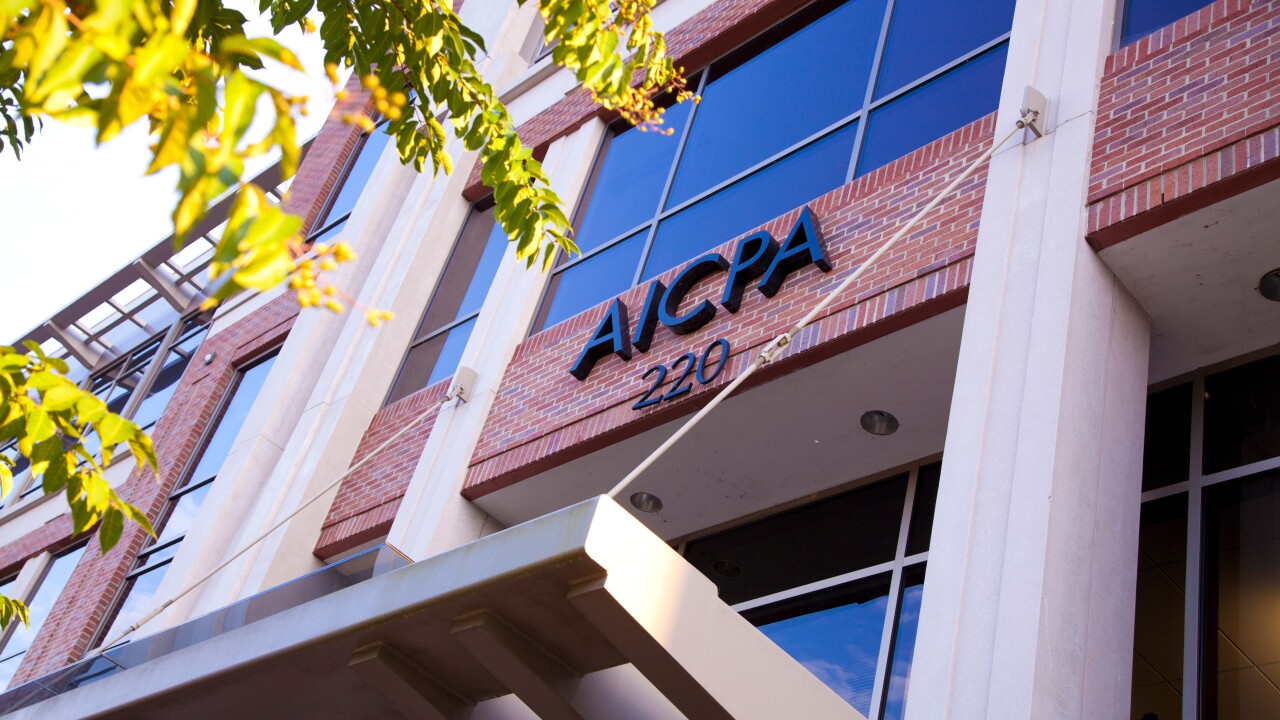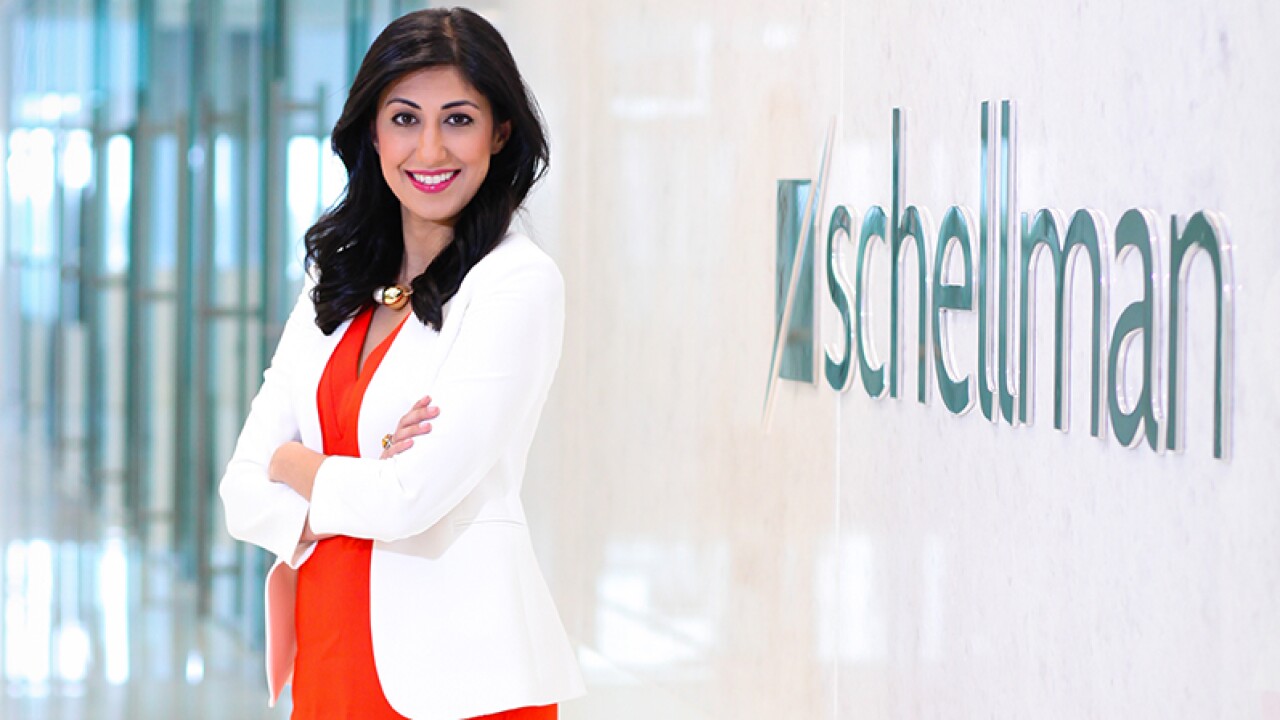Audit committees are providing company investors with more information about their oversight of auditing firms, according to a new report.
The annual
In addition, 46 percent of S&P 500 companies disclose the criteria they consider when evaluating an audit firm (an increase from 8 percent in 2014), versus 36 percent of mid-cap companies (up from 7 percent in 2014) and 32 percent of small-cap companies (up from 15 percent in 2014).
The researchers also found that 26 percent of S&P 500 companies disclose that the evaluation of the external auditor is at least an annual event (an increase from 4 percent in 2014), as opposed to 17 percent of mid-cap companies (up from 3 percent in 2014) and 12 percent of small-cap companies (up from 4 percent in 2014).

“The trends revealed in our report tell a clear success story — over the past five years, audit committees have provided increasingly robust disclosures about their important investor-protection role in overseeing the external audit,” said CAQ executive director Cindy Fornelli in a statement. “Taking steps to enhance transparency into our extraordinary system of financial reporting, as many audit committees are doing, strengthens both the confidence of investors and their ability to make sound decisions in the capital markets. To build on this progress, the CAQ encourages audit committees to explore additional opportunities for transparency improvements.”
The disclosure of an “explicit statement that the audit committee is responsible for appointment, compensation and oversight of external auditor” actually doubled from 44 percent in 2012 to 88 percent in 2018. Disclosure of a “statement that [the] audit committee [is] involved in lead partner selection” increased from 0 percent in 2012 to 78 percent in 2018. The “disclosure of factors used in audit committee’s assessment of the external auditor qualifications and work quality” increased in 2018 to 62 percent, up from 18 percent in 2012.
The report includes some examples of disclosures to show how audit committees are enhancing information for investors and others. It has been measuring the strength of proxy disclosures among companies in the S&P Composite 1500 since 2014.
“With five years of data on the S&P Composite 1500 companies, the Audit Committee Transparency Barometer truly gives a read on the improving quality of what audit committees are disclosing to investors,” said Audit Analytics CEO Michael Nohrden in a statement. “We hope that having this measurable insight continues to aid in the improvement of audit committee transparency.”





